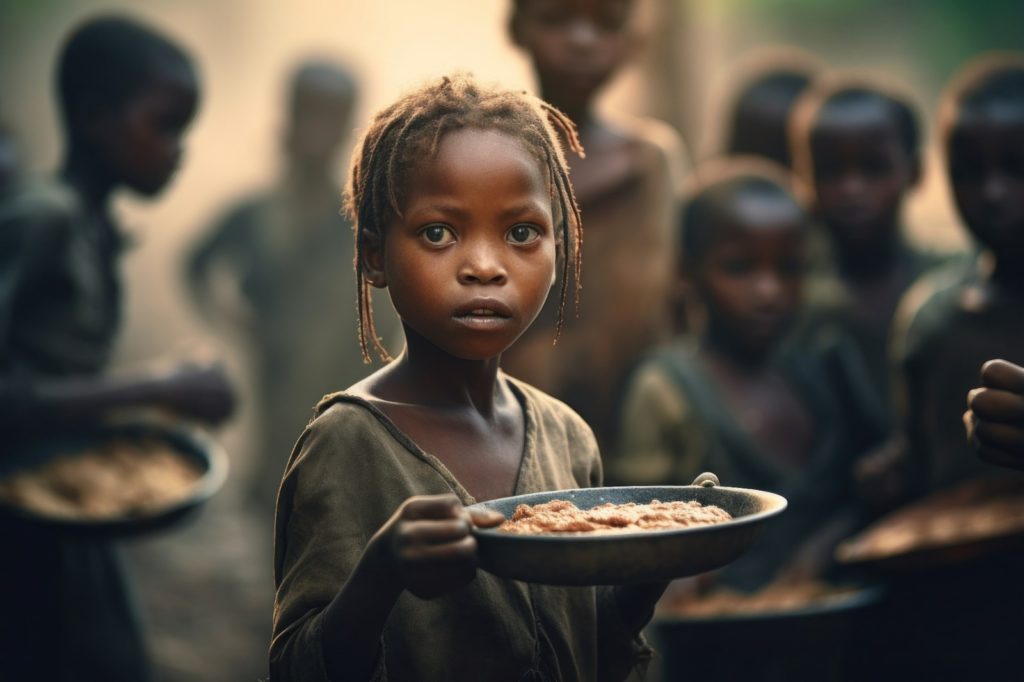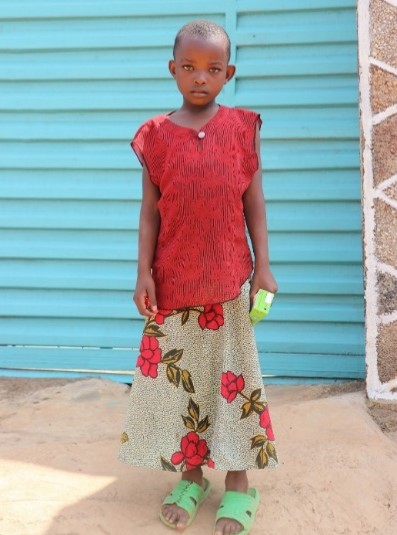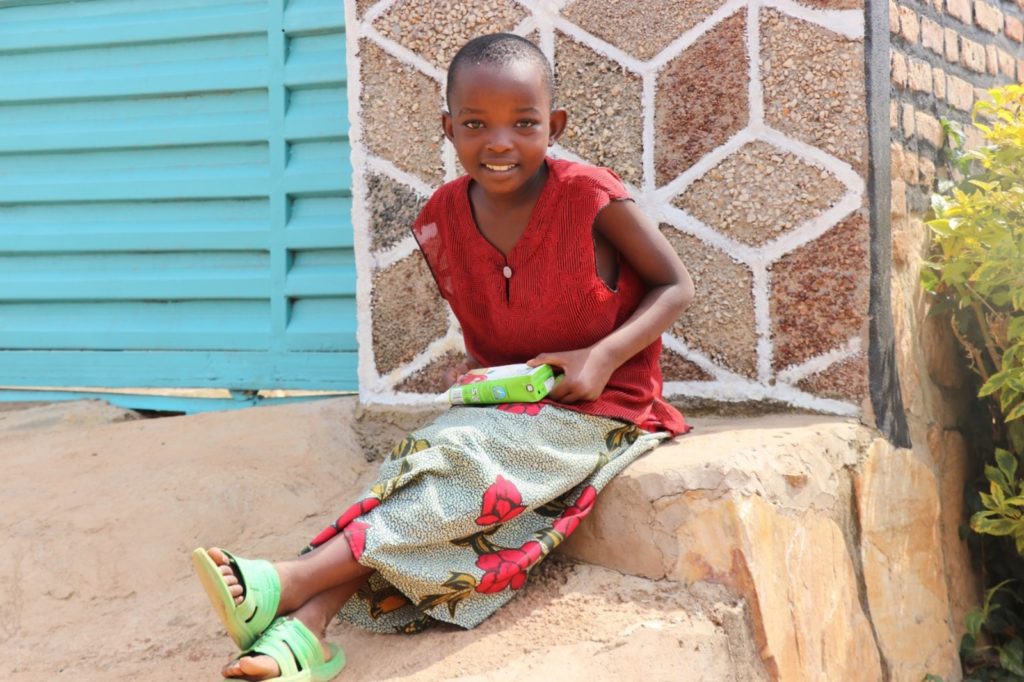I mentioned earlier about part of my exposure to Africa growing up was seeing starving children, which typically meant seeing them on TV alongside an American celebrity asking for donations.

More recently, back in 2011, I was working for a non-profit in the US that was operating in Kenya. On their website there was a page designated for children in need of sponsorship. The children were wearing dirty and/or torn clothes and had little or no expression on their faces or in their bodies. They looked almost miserable a the children i saw in those commercials when I was growing up. I asked the person in charge why the children were photographed that way and she said that if they didn’t look that way no one would help. I suppose in a sense that is true. However, I couldn’t help but feel that it was not only reinforcing a strereotype of the children here but also doing a disserve to the children’s families by projecting that they were unable or unwilling to take care of them. It seemed like a very disingenuous way to go about raising money.
While images like that can play on people’s emotions, and thus open their pocketbooks, it seems as though people would be more likely to donate if a more complete and and more honest picture was put forth. Seeing the same type of images repeatedly can also have the side effect of making people feel that nothing is changing—so why bother donating?

Soon after I came here to live, in September of 2020, I went on a walk with Nathalie through one of the local neighborhoods and we came across this young girl on the left. She was sitting on a corner, in front of what I assumed at the time was her home. I motioned with my camera if I could take her picture, and she nodded yes. She stood up and I took the image you see here. I looked at it and wasn’t very happy with it. She looked pretty enough.
Nicely dressed. But her body language and the look on her face reminded me of those pictures on the website.
I motioned to her to sit down just as a young woman walked by. I don’t know what they were saying to each other, but they both started to smile and laugh, so I took the opportunity to take another picture of her. The difference was night and day.

She then proceeded to walk down the road with the young woman and stopped in front of what was her actual home, and I took this picture.
While she was in a similar pose as the first picture, her body language was much more relaxed, as was the look on her face. She seemed comfortable, confident, and proud. It was nice to see.

After I got home, I thought it would be interesting to post the story on an African Facebook page to see what kind of response it would get. People responded positively for the most part. The only comment that wasn’t positive was from an African-American woman living in the United States. She expressed a number of concerns about me taking the young girl’s pictures—did I get her parent’s permission, did I pay for her picture, and so on. Most of what she asked seemed reasonable, especially considering she was coming from the point of view of an America where doing what I did would likely be frowned upon. I addressed her concerns, talking about the context in which the pictures were taken and the cultural differences which made something like what I did OK. I was hoping it would alleviate her concerns.
In response, she said that “although the stuff you wrote about my people being unwitting props for fundraising schemes was good, you don’t see us as deserving of the same rights and respect as your own people.” While I didn’t ask for clarification, it seemed clear that to her “my people” referred to anyone of African descent while “your people” was in reference to white people.
Prior to the Genocide people here were seen as belonging to, and were often broken up into, various ethnic groups, the dynamics of which had a lot to do with the Genocide happening in the first place. To help heal the country and to bring people together ethnic designations were removed and were replaced with everyone just being called Rwandan. It’s helped people see their commonality and live more in harmony with one another.
The situation in the United States is different, and as a friend of mine said maybe it is easier to have racism in the United States because difference in skin color is so obvious, but it does sadden me that while I am happily and warmly accepted by a community of nearly 250,000 in the Heart of Africa, my actions were seen as both disingenuous and harmful by someone halfway around the world. It reminds me of the thought, “wouldn’t it be great if when we look at someone, we see their soul and not their physical bodies.” That might be a dream, or looked at as some as wishful thinking, but it seems like and ideal worth striving for.
When I shared this story with Claudine, she had something very interesting to say about Rwandan people. “It can be difficult to find out what going on with us. It is not easy to read someone’s face and tell what is going on. In our culture it is not common for people to share what is going on with them, especially when it comes to sad stories and situations. We are taught from a young age to keep secrets and be strong even when things aren’t going well. As we say, if we are alive, it is ok. Tomorrow is another day and we both hope and trust that it will bring some positive change. When it comes to the young girl, she might look happy, but it is hard to tell exactly what is going on with her unless you were to take the time to communicate with her. I think we should try and visit with her so we can spend some time talking with her. That way we will have a better idea of how she is really doing.”
That was nearly three years ago and we haven’t come across that young girl since that day, but we hope to see if we can somehow find her again to do just what Claudine said, to sit and talk with her to see how she is really doing.